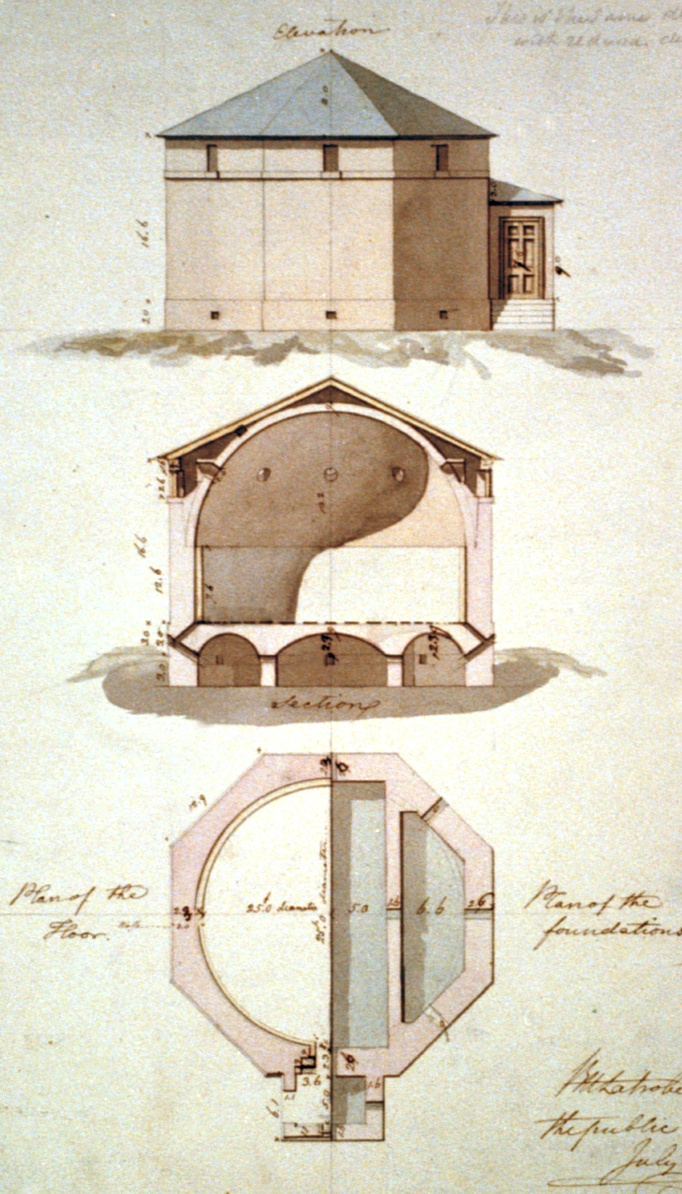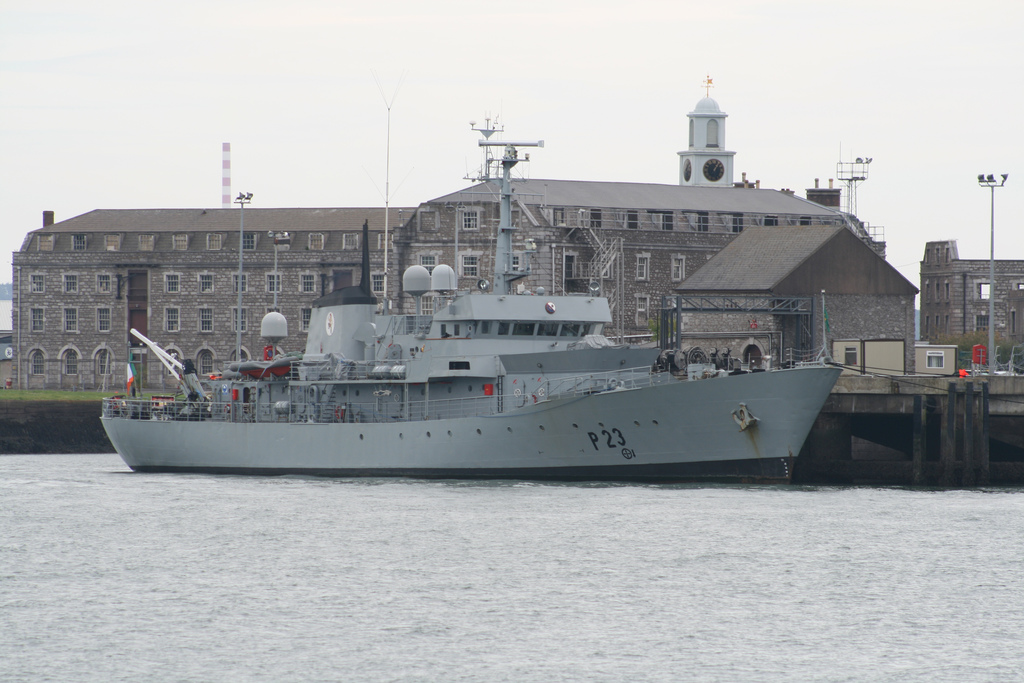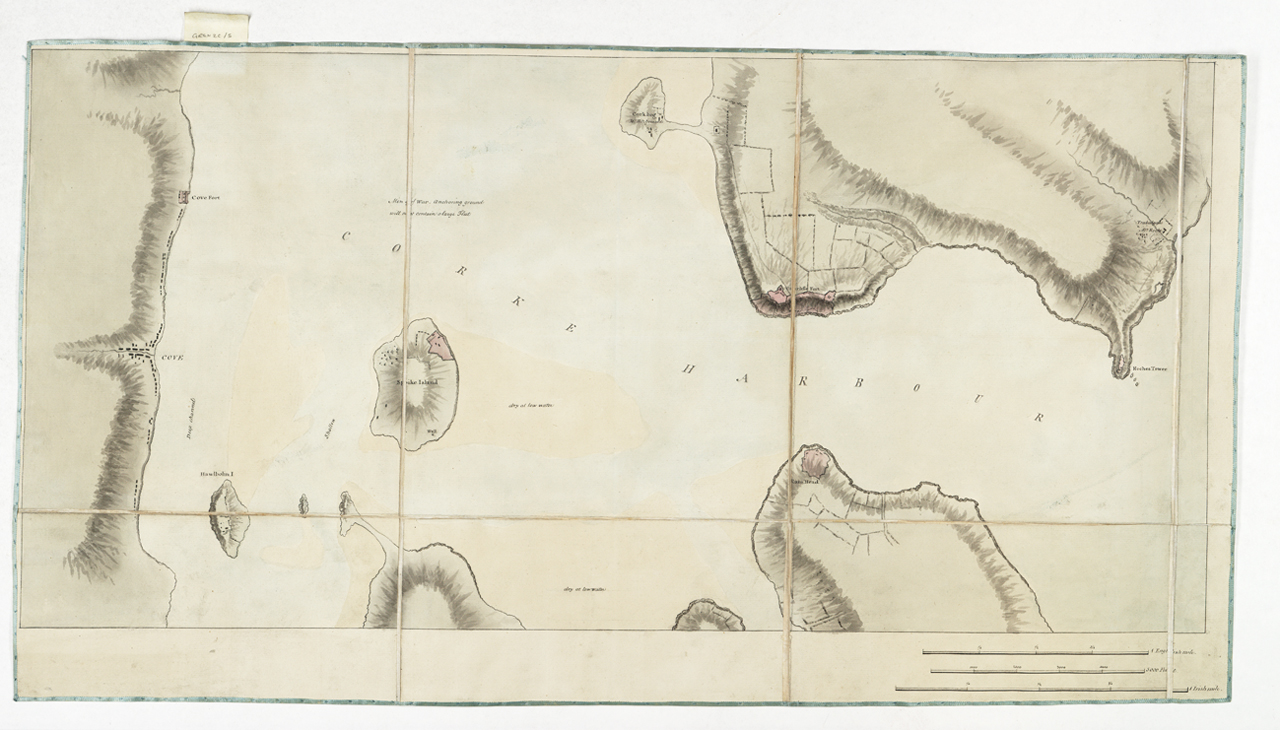|
Gunpowder Magazine
A gunpowder magazine is a magazine (building) designed to store the explosive gunpowder in wooden barrels for safety. Gunpowder, until superseded, was a universal explosive used in the military and for civil engineering: both applications required storage magazines. Most magazines were purely functional and tended to be in remote and secure locations. They are the successor to the earlier powder towers and powder houses. In Australia Historic magazines were at the following locations, among others: *Jack's Magazine, Saltwater River, Victoria * Goat Island, Sydney * Spectacle Island (Port Jackson) * North Arm Powder Magazine * Dry Creek explosives depot In Canada There are magazines at: *Citadel Hill (Fort George) *Citadel of Quebec, Quebec City, Quebec *Parc de l'Esplanade, Quebec City, QuebecCole Island Esquimalt, British Columbia *Fort Lennox, Île-aux-Noix, Quebec *Fort William Historical Park, Thunder Bay, Ontario *Fort York, Toronto In Ireland Ballincollig, County ... [...More Info...] [...Related Items...] OR: [Wikipedia] [Google] [Baidu] |
Latrobe Gunpowder Magazine Retouched
Latrobe or La Trobe may refer to: People * Christian Ignatius Latrobe (1758–1836), English clergyman and musician * Charles La Trobe (1801–1875), first lieutenant-governor of Victoria, Australia, son of C. I. Latrobe * Benjamin Henry Latrobe (1764–1820), architect of the United States Capitol, brother of C. I. Latrobe * Benjamin Henry Latrobe II (1806–1878), (or sometimes "Jr."), an engineer, son of B. H. Latrobe * Charles Hazlehurst Latrobe, (1833–1902), engineer, bridge-builder, architect, son of B. H. Latrobe II * Henry Sellon Boneval Latrobe (1792–1817), architect, eldest son of B. H. Latrobe * John Hazlehurst Boneval Latrobe (1803–1891), writer, lawyer, historian, artist, inventor, civic activist, son of B. H. Latrobe * Ferdinand Claiborne Latrobe (1833–1911), Mayor of Baltimore (elected seven times), son of John H. B. Latrobe * Henry Latrobe Roosevelt (1879–1936), Assistant Secretary of the United States Navy, grandnephew of John H. B. Latrobe Geography ;Aus ... [...More Info...] [...Related Items...] OR: [Wikipedia] [Google] [Baidu] |
Fort William Historical Park
Fort William Historical Park (formerly known as Old Fort William) is a Canadian historical site located in Thunder Bay, Ontario, that contains a reconstruction of the Fort William fur trade post as it existed in 1816. It officially opened on July 3, 1973. The site is located on the banks of the Kaministiquia River at Point de Meuron. This point is a few kilometres upstream from the original fort's site, Fort Kaministiquia, which has been built over as part of the city of Thunder Bay. Point de Meuron has separate historical significance, as it was the location of an Hudson's Bay Company post of the same name. History The North West Company had a major depot at Grand Portage to the west of Fort William. After the American Revolutionary War, Britain finally ceded the area to the United States (US) under the Jay Treaty of 1796, to settle the northern border. British/Canadian fur traders wanted to create a new center of operations to avoid US taxes, and so the trading post was ... [...More Info...] [...Related Items...] OR: [Wikipedia] [Google] [Baidu] |
Knights Hospitaller
The Order of Knights of the Hospital of Saint John of Jerusalem ( la, Ordo Fratrum Hospitalis Sancti Ioannis Hierosolymitani), commonly known as the Knights Hospitaller (), was a medieval and early modern Catholic military order. It was headquartered in the Kingdom of Jerusalem until 1291, on the island of Rhodes from 1310 until 1522, in Malta from 1530 until 1798 and at Saint Petersburg from 1799 until 1801. Today several organizations continue the Hospitaller tradition, specifically the mutually recognized orders of St. John, which are the Sovereign Military Order of Malta, the Most Venerable Order of the Hospital of Saint John, the Bailiwick of Brandenburg of the Chivalric Order of Saint John, the Order of Saint John in the Netherlands, and the Order of Saint John in Sweden. The Hospitallers arose in the early 12th century, during the time of the Cluniac movement (a Benedictine Reform movement). Early in the 11th century, merchants from Amalfi founded a hospital i ... [...More Info...] [...Related Items...] OR: [Wikipedia] [Google] [Baidu] |
Forti Xambré 02
Forti Corse, commonly known as Forti, was an Italian motor racing team chiefly known for its brief and unsuccessful involvement in Formula One in the mid-1990s. It was established in the late 1970s and competed in lower formulae for two decades. The team's successes during this period included four Drivers' Championships in Italian Formula Three during the 1980s, and race wins in the International Formula 3000 championship, in which it competed from 1987 to 1994 International Formula 3000 season, 1994. From 1992, team co-founder Guido Forti developed a relationship with the wealthy Brazilian businessman Abílio dos Santos Diniz that gave Diniz's racing driver son, Pedro Diniz, Pedro, a permanent seat in the team and the outfit a sufficiently high budget to consider entering Formula One. Forti graduated to Formula One as a List of Formula One constructors, constructor and entrant in , but its first car—the Forti FG01—proved to be uncompetitive, and the team failed to score a ... [...More Info...] [...Related Items...] OR: [Wikipedia] [Google] [Baidu] |
Malta - Gzira - Manoel Island - Fort Manoel (Tigné Point - Outer Trail) 01 Ies
Malta ( , , ), officially the Republic of Malta ( mt, Repubblika ta' Malta ), is an island country in the Mediterranean Sea. It consists of an archipelago, between Italy and Libya, and is often considered a part of Southern Europe. It lies south of Sicily (Italy), east of Tunisia, and north of Libya. The official languages are Maltese language, Maltese and English language, English, and 66% of the current Maltese population is at least conversational in the Italian language, Italian language. Malta has been inhabited since approximately 5900 BC. Its location in the centre of the Mediterranean Sea, Mediterranean has historically given it great strategic importance as a naval base, with a succession of powers having contested and ruled the islands, including the Phoenicians and Ancient Carthage, Carthaginians, Romans, Greeks, Arabs, Normans, Aragonese, Knights Hospitaller, Knights of St. John, French, and British, amongst others. With a population of about 516,000 over an ... [...More Info...] [...Related Items...] OR: [Wikipedia] [Google] [Baidu] |
Haulbowline
Haulbowline ( ga, Inis Sionnach; non, Ál-boling) is an island in Cork Harbour off the coast of Ireland. The world's first yacht club was founded on Haulbowline in 1720. The western side of the island is the main naval base and headquarters for the Irish Naval Service, with the eastern side previously used for heavy industry and later redeveloped as a park. Since 1966 the island has been connected to the mainland by a roadbridge. Etymology The island's name may derive from Old Norse ''ál-boling'' or similar = "eel dwelling" ("area where there are conger eels"). The 17th and 18th-century spellings end in "-ing"; there may have been nautical influence on the spelling later. The Irish language name for the island, ''Inis Sionnach'', translates to "island of the foxes". Demographics Naval history At a strategic and deepwater position in the harbour, the island has long been a military base. The island was first fortified in 1602, and initially an important base for the Briti ... [...More Info...] [...Related Items...] OR: [Wikipedia] [Google] [Baidu] |
Rocky Island (Cork)
Rocky Island ( ga, Oileán Cathail) is located in Cork Harbour, Ireland. Situated between the naval base on Haulbowline Island and the mainland, a gunpowder magazine was constructed on the island by the Board of Ordnance in 1808. Used for military storage into the 20th Century, the stores were re-purposed for use by Irish Steel until 2002. It was redeveloped between 2005 and 2007, and is now home to the ''Island Crematorium'', the first crematorium in the Republic of Ireland outside of Dublin. Two bridges connect Rocky Island with the mainland and with Haulbowline Haulbowline ( ga, Inis Sionnach; non, Ál-boling) is an island in Cork Harbour off the coast of Ireland. The world's first yacht club was founded on Haulbowline in 1720. The western side of the island is the main naval base and headquarters f .... The bridges carry the single lane L2545 roadway. Island crematorium In the early 19th century, the centre of the rocky landscape of the island was excavated and a ma ... [...More Info...] [...Related Items...] OR: [Wikipedia] [Google] [Baidu] |
Cork Harbour
Cork Harbour () is a natural harbour and river estuary at the mouth of the River Lee in County Cork, Ireland. It is one of several which lay claim to the title of "second largest natural harbour in the world by navigational area" (after Port Jackson, Sydney). Other contenders include Halifax Harbour in Canada, Trincomalee Harbour in Sri Lanka and Poole Harbour in England. The harbour has been a working port and a strategic defensive hub for centuries, and it has been one of Ireland's major employment hubs since the early 1900s. Traditional heavy industries have waned since the late 20th century, with the likes of the closure of Irish Steel in Haulbowline and shipbuilding at Verolme. It still has strategic significance in energy generation, shipping, refining and pharmaceuticals development. Geography The main tributary to the harbour is the River Lee which, after flowing through Cork city, passes through the upper harbour (Lough Mahon) in the northwest before passing to t ... [...More Info...] [...Related Items...] OR: [Wikipedia] [Google] [Baidu] |
Camden Fort Meagher
Camden Fort Meagher is a coastal defence fortification close to Crosshaven, County Cork, Ireland. Together with similar structures at Fort Mitchell ( Spike Island), Fort Davis ( Whitegate), and Templebreedy Battery (also close to Crosshaven), the fort was built to defend the mouth of Cork Harbour. Though originally constructed in the 16th century, the current structures of the fort date to the 1860s. Originally named ''Fort Camden'' and operated by the British Armed Forces, the fort (along with other Treaty Port installations) was handed-over to the Irish Defence Forces in 1938. Renamed ''Fort Meagher'' in honour of Thomas Francis Meagher, it remained an Irish military installation until 1989 when the Irish Army handed the fort over to Cork County Council. It remained largely overgrown until 2010 when a group of local volunteers began restoration and development of the fort for heritage and tourism purposes. The fort was renamed ''Camden Fort Meagher'' and is now open seasonal ... [...More Info...] [...Related Items...] OR: [Wikipedia] [Google] [Baidu] |
Groin Vault
A groin vault or groined vault (also sometimes known as a double barrel vault or cross vault) is produced by the intersection at right angles of two barrel vaults. Honour, H. and J. Fleming, (2009) ''A World History of Art''. 7th edn. London: Laurence King Publishing, p. 949. The word "groin" refers to the edge between the intersecting vaults. Sometimes the arches of groin vaults are pointed instead of round. In comparison with a barrel vault, a groin vault provides good economies of material and labor. The thrust is concentrated along the groins or arrises (the four diagonal edges formed along the points where the barrel vaults intersect), so the vault need only be abutted at its four corners. Groin vault construction was first exploited by the Romans, but then fell into relative obscurity in Europe until the resurgence of quality stone building brought about by Carolingian and Romanesque architecture. It was superseded by the more flexible rib vaults of Gothic architecture i ... [...More Info...] [...Related Items...] OR: [Wikipedia] [Google] [Baidu] |
Canal
Canals or artificial waterways are waterways or engineered channels built for drainage management (e.g. flood control and irrigation) or for conveyancing water transport vehicles (e.g. water taxi). They carry free, calm surface flow under atmospheric pressure, and can be thought of as artificial rivers. In most cases, a canal has a series of dams and locks that create reservoirs of low speed current flow. These reservoirs are referred to as ''slack water levels'', often just called ''levels''. A canal can be called a ''navigation canal'' when it parallels a natural river and shares part of the latter's discharges and drainage basin, and leverages its resources by building dams and locks to increase and lengthen its stretches of slack water levels while staying in its valley. A canal can cut across a drainage divide atop a ridge, generally requiring an external water source above the highest elevation. The best-known example of such a canal is the Panama Can ... [...More Info...] [...Related Items...] OR: [Wikipedia] [Google] [Baidu] |




